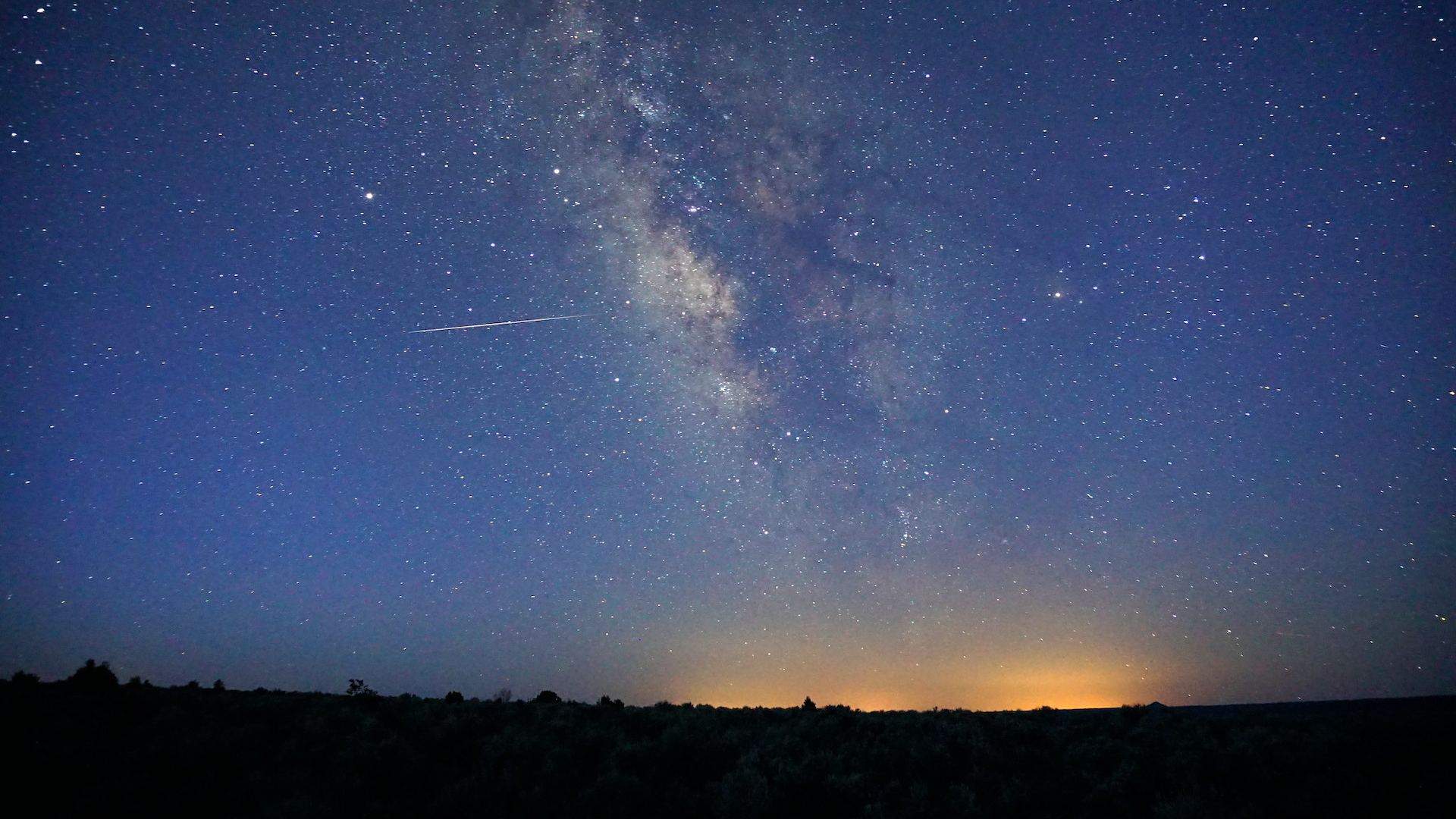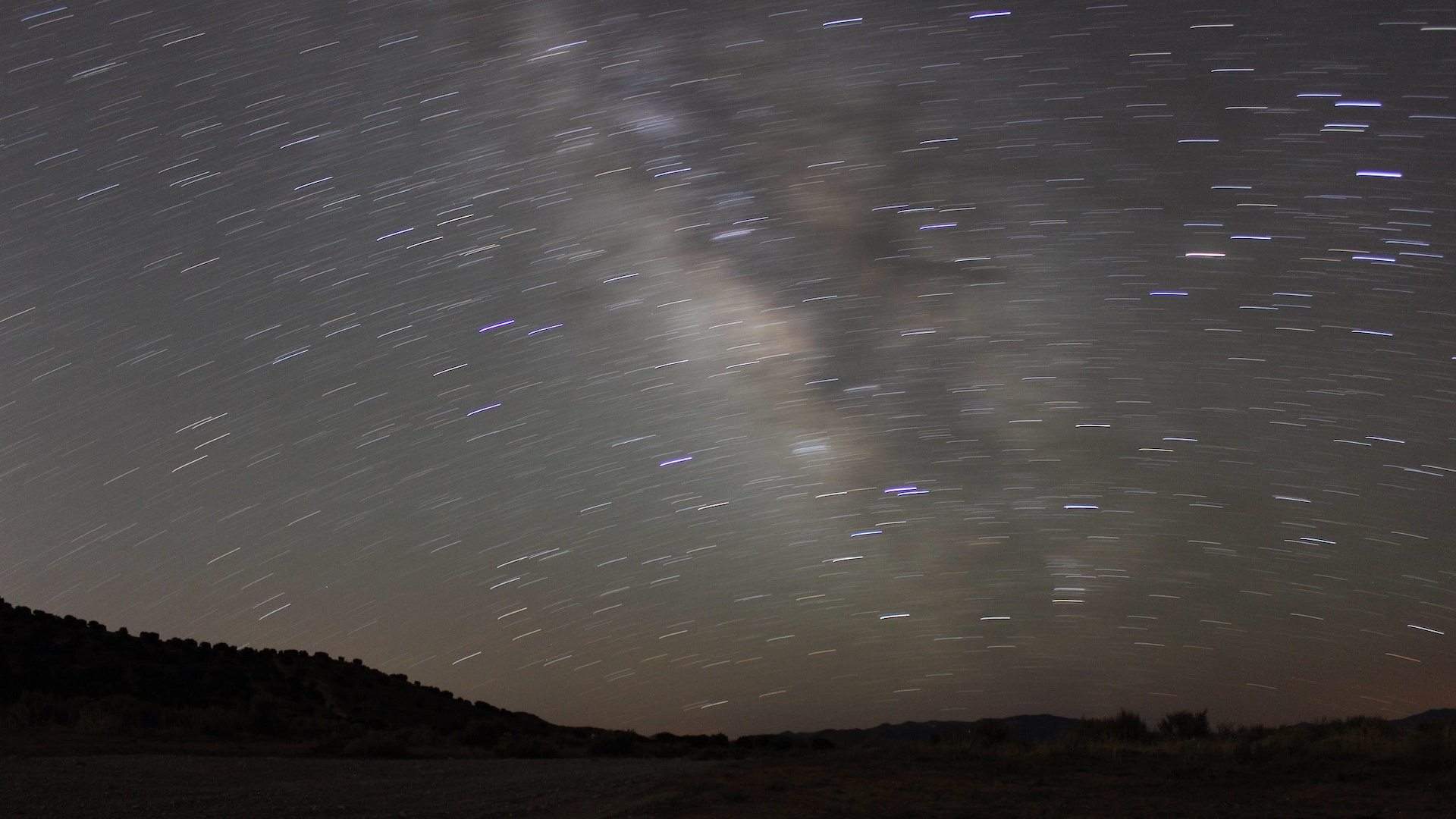Everything You Need to Know About 2021's Lyrids Meteor Shower
Head away from the city lights — or even out to your backyard or balcony — and look up.
Been spending the first few months of 2021 pondering the future? Given the current state of affairs, that's only natural. From this week, however, you might want to look to the skies as well — and feast your eyes on the night sky.
From around April 16–25 each year, the Lyrids Meteor Shower sets the sky ablaze. This year, it's doing just that from April 14–30. It might not be as famous as Halley's Comet, but it's still very impressive. Plus, rather than only being visible every 75 years (the next Halley's Comet sighting is in 2061), you can catch the Lyrids annually.
In 2021, the Lyrids will be at its most spectacular from April 22–23. For folk located Down Under, early on Friday, April 23 is when you'll be peering upwards. Here's how to catch a glimpse from your backyard.

WHAT IS IT
The Lyrids Meteor Shower is named after constellation Lyra, which is where the meteor shower appears to come from near star Vega, and is created by debris from comet Thatcher. While the comet, which takes about 415 years to orbit around the sun, won't be visible from Earth again until 2276, the Lyrids can be seen every autumn between around April 16–25. So, you can even pencil it in for next year. It's also the oldest recorded meteor shower, so there's that, too.
On average, you can see up to 18 meteors per hour, but the Lyrids are also known to have outbursts of nearly 100 meteors per hour. So, while no outburst is predicted for 2021, you could get lucky.

WHEN TO SEE IT
In New Zealand, the shower will reach a peak in the early morning of Thursday, April 23 according to Time and Date, but will still able to be seen either side of those dates between April 14–30. The best time to catch an eyeful is just before dawn after the moon has set, so around 4am.
At that time, you'll be in the running to see meteors moving at about 177,000 kilometres per hour, shining extraordinarily brightly and leaving a long wake. The shower's cause is, essentially, the Earth getting in the comet's way, causing stardust to fry up in the atmosphere.

HOW TO SEE IT
When a meteor shower lights up the sky, getting as far away from light pollution as possible is the best way to get a prime view. If you can't do that, you can still take a gander from your backyard or balcony.
To help locate the Lyrids, we recommend downloading the Sky Map app — it's the easiest way to navigate the night sky (and is a lot of fun to use even on a non-meteor shower night). If you're more into specifics, Time and Date also have a table that shows the direction and altitude of the Lyrids. The site updates these details daily.
Clouds and showers are predicted over the week, which could present problems in terms of visibility.
Top image: Mike Lewinski via Flickr.






